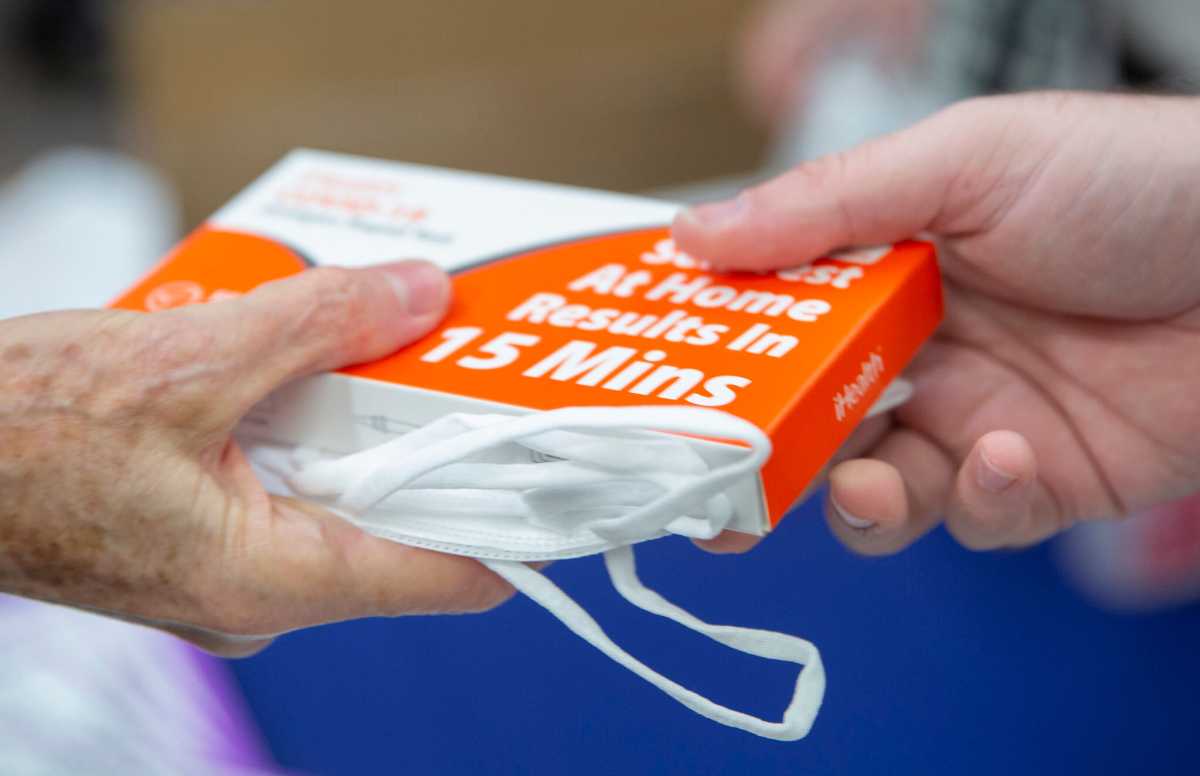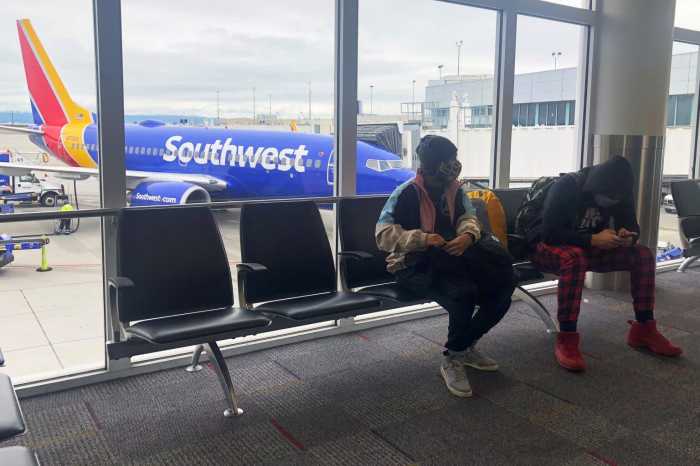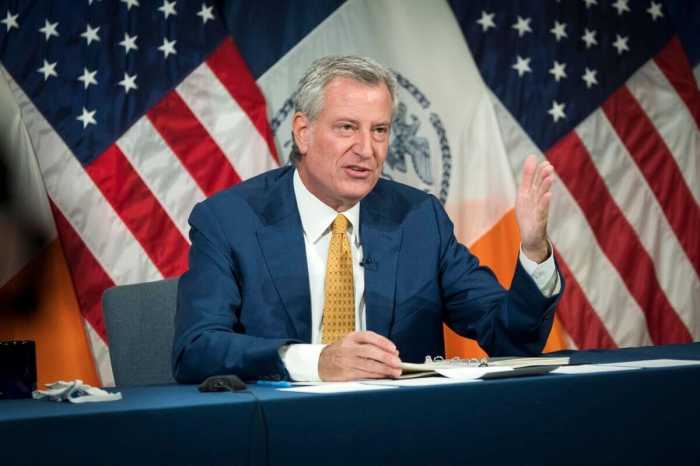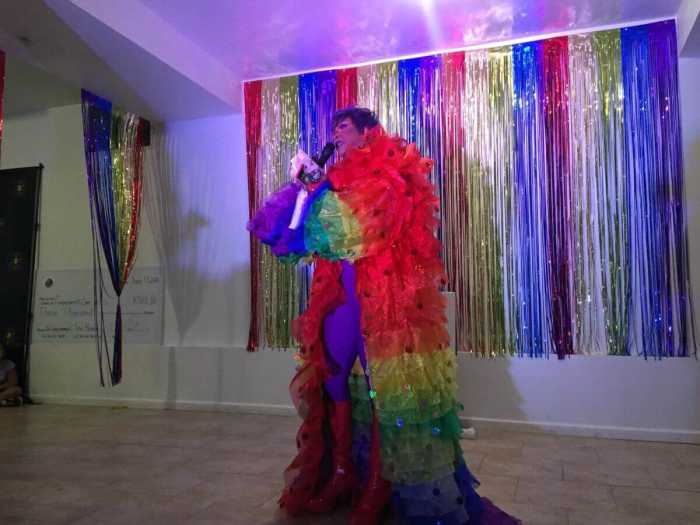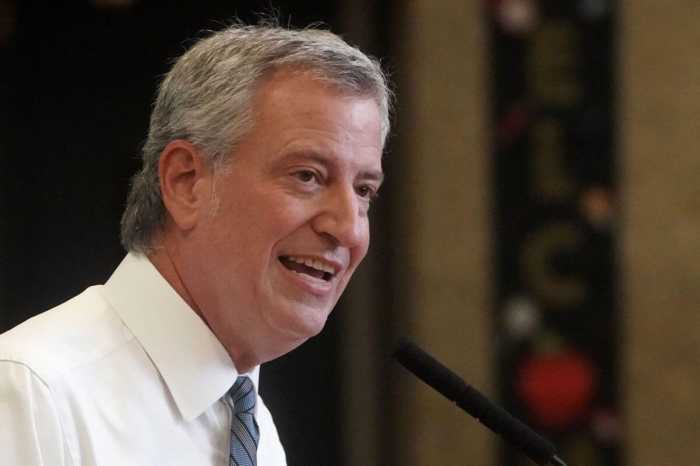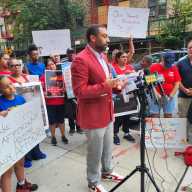After a concerning surge at the tail-end of 2022, this January will end with across-the-board decreases in COVID-19 cases and hospitalizations throughout the city. The Bronx ends January with a positivity rate of 11.6%, an encouraging decrease from a high of 18% positivity earlier in the month.
Four Bronx neighborhoods — Morris Park, Castle Hill, Mott Haven and Wakefield — have nearly double the case totals higher than the city’s 7-day case per 100,000 resident average (10.1), according to the most recent state health data released on Monday.
However, neither section has a caseload surpassing 20 cases per 100,000 residents entering the new month.
At the beginning of the month, the Bronx was 1 of 10 New York metro counties under a mask advisory from the CDC, as a tripledemic of COVID-19 and influenzas had driven up hospitalizations while a new variant of the virus began to take hold.
The Bronx’s caseloads and hospitalizations peaked in January, roughly three weeks ago — but those numbers have since declined.
What has risen, particularly over the past year, is the number of Bronxites getting inoculated. At the start of 2022, roughly 79% of the borough had received at least one dose of the vaccine, a total that has since risen to 91% more than a year later.
On May 11, the U.S. will enter a new stage of its response to the COVID-19 pandemic, as the White House announced on Monday that it would terminate the public health and national emergencies declared in response to the virus in 2020.
“An abrupt end to the emergency declarations would create wide-ranging chaos and uncertainty throughout the health care system — for states, for hospitals and doctors’ offices, and, most importantly, for tens of millions of Americans,” the U.S. Office of Management and Budget wrote in its Statements of Administration Policy.
The Trump administration issued the emergency declarations in early 2020. The declarations enabled hospitals and other health care providers to have more flexibility when faced with spikes in patient volume during COVID surges.
The full effect of COVID-19 is still yet to be determined as some grapple with the effects of long COVID — roughly 18% of people with long COVID hadn’t returned to work for more than a year, according to a report by the New York State Insurance Fund.
And the impact of COVID on children is still being researched, as the virus was the eighth leading cause of death among children in recent months, according to a study published Monday.
From August 2021 to July 2022, 821 children under 19 died from COVID-19 at a rate of 1 per 100,000. Children’s deaths of any kind are rare, however, researchers noted.
Researchers noted their results were limited by the underreporting of COVID-19 cases, and the exclusion of deaths where COVID-19 could have been a contributing or amplifying factor in tandem with other medical conditions, such as influenza.
Reach Robbie Sequeira at rsequeira@schnepsmedia.com or (718) 260-4599. For more coverage, follow us on Twitter, Facebook and Instagram @bronxtimes

